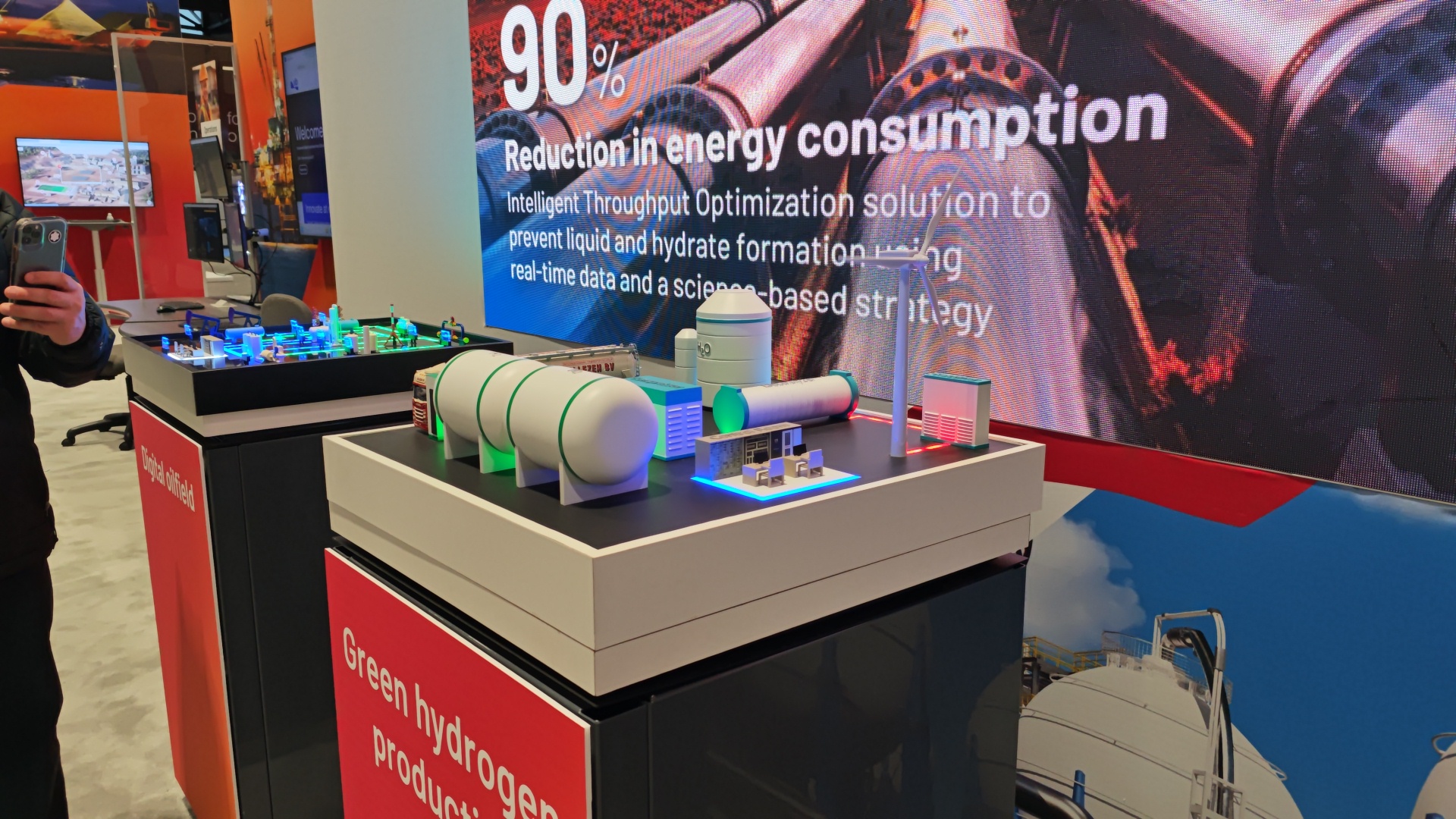Support CleanTechnica’s work through a Substack subscription or on Stripe.
US energy policy took a hard right turn earlier this year, but US businesses with a stake in the cleantech field are marching straight into the decarbonized global economy of the future. In the latest example, the legacy New York–based materials firm Corning Incorporated has joined with the California startup QuantumScape to help launch a new solid-state EV battery off the drawing table and into the mass market.
The Solid-State EV Battery Saga Continues
For those of you new to the solid-state EV battery topic, QuantumScape offers this handy explainer:
“A solid-state lithium-metal battery is a battery that replaces the polymer separator used in conventional lithium-ion batteries with a solid-state separator. The replacement of the separator enables the carbon or silicon anode used in conventional lithium-ion batteries to be replaced with a lithium-metal anode.”
That has been a tough row to hoe. QuantumScape launched 15 years ago, back in 2010, with a unique twist on the technology. Instead of fabricating the anode in a separate step, QuantumScape developed an EV battery manufacturing system that enables the anode to self-form when the completed battery receives its first charge.
In 2022, a partnership with the PowerCo branch of Volkswagen lifted QuantumScape closer to commercial production, and now the company has hooked up with Corning to develop a new manufacturing system for its ceramic separator.
“The companies will work together toward the goal of high-volume production of QS’s ceramic separators for commercial applications,” QuantumScape explained in a press statement earlier today. “Combining QS and Corning’s strengths in materials science and manufacturing, this agreement marks an important step in building an ecosystem of partners to rapidly industrialize QS’s next-generation battery technology.”
Corning And The EV Battery Of The Future
QuantumScape’s press release was rather thin on the details, but Corning brings a 170-year track record of innovation in the materials industry to the solid-state EV battery table, so let’s see what the company has to offer.
Corning has developed a new manufacturing process called Ribbon Ceramics, designed to fabricate ultra-thin materials in a wide format using the familiar roll-to-roll method. In an explainer posted on the company’s website, Corning notes that the new process lends itself to the manufacture of solid-state lithium-metal batteries, composed of thin sheets stacked into small spaces.
“The challenge comes in getting the right mix of elements to safely harbor the massive amount of energy passing through a small space – then manufacturing the battery in an affordable way,” Corning explains.
The company has identified one promising pathway in the form of lithium garnet, a type of lithium with a structure similar to garnet. “Lithium garnet is one of the very few materials that can stand up to lithium metal as an anode and not degrade and limit the life of the battery,” notes Dr. Scott Silence, Ribbon Ceramics program director at Corning.
A 50% Increase In Solid-State Battery Performance, Eventually
The lithium garnet angle is a relatively recent development as applied to Ribbon Ceramics, and Corning advises that the R&D phase is still ongoing. “But the research team believes that thin lithium garnet sheets — some measuring as little as 20 microns thick — could enable stacking many very thin layers within a lithium metal battery, thus exceeding today’s lithium battery energy-storage capacity by more than 50 percent,” the company observes.
Whoa if true. Solid-state EV battery technology has barely gotten off the ground and Corning is already anticipating a leveling up.
Don’t get too excited just yet, though. Corning anticipates small-scale applications will come first, on the order of ear buds and other specialty consumer electronics. Scaling up to the high-performing EV battery of the future involves next-level challenges.
“With something like electric vehicles, the reliability demonstration and cost pressure are extreme,” Silence explains. “It seems much more likely that if you can demonstrate advanced battery technology in a smaller application where you can tolerate a higher initial cost — and where lifetime requirements may not be as stringent — you can use it as a demonstration tool.”
Next Steps For The EV Battery Of The Future
In the same explainer, Silence also affirmed Corning’s commitment to innovation in the energy storage field, particularly innovation that helps cut cost. “But one thing we know for sure,” he said, “There’s a societal need for inexpensive energy storage if we’re going to get to carbon-free goals,” he said.
The future of lithium garnet aside, QuantumScape and PowerCo have already pushed their new solid-state EV battery into the public eye. On September 8, the two partners announced the first live demo of the technology, featuring a Ducati motorcycle.
“This demonstration represents a significant advancement in battery technology, showcasing the first anode-free solid-state batteries to move from laboratory discovery to real-world vehicle,” QuantumScape noted, referring to the self-forming anode process.
Frank Blome, CEO of PowerCo, also chipped in his two cents. “Solid-state batteries will redefine what’s possible for high-performance, premium vehicles, and today’s historic demonstration is just the beginning,” Blome said.
Other automakers have also been hopping on the solid-state EV battery bandwagon. On September 8, for example, Mercedes-Benz reported that a “lightly” modified Mercedes-Benz EQS sporting a solid-state battery made the 749-mile run from Stuttgart, Germany, to Malmö, Sweden, without laying over for a recharge — and it arrived with an extra 85 miles on the battery, to boot.
“This combination of long range, efficiency and technological maturity marks a milestone for solid-state battery development and highlights its potential for future production vehicles,” Mercedes-Benz enthused.
Solid-state technology is just one emerging sign of progress. The LFP (lithium-iron-phosphate) EV battery field is another area to watch. Ford is banking on LFP batteries to complement its new tree-shaped assembly line system, aimed at reducing the cost of EVs down to a more affordable level in the coming years. General Motors is also leaning on LFP batteries to jump from its current status as the #2 EV seller in the US to #1.
Those of you who can’t wait for the brand new affordable EV of the future to arrive may still have time to take advantage of the $7,500 federal EV tax credit even after today, when it will meet an early expiration date as demanded by the Republican majority in the US House and Senate. Phooey on them! That’s because Ford and GM have figured out a workaround that will keep the price break going through December 31 of this year if you lease the vehicle (more details here).
Image (cropped): QuantumScape is among the US-based solid state EV battery innovators to keep the advanced energy storage momentum going, regardless of the abrupt shift in federal energy policy (courtesy of QuantumScape).
 Sign up for CleanTechnica’s Weekly Substack for Zach and Scott’s in-depth analyses and high level summaries, sign up for our daily newsletter, and follow us on Google News!
Sign up for CleanTechnica’s Weekly Substack for Zach and Scott’s in-depth analyses and high level summaries, sign up for our daily newsletter, and follow us on Google News!
Have a tip for CleanTechnica? Want to advertise? Want to suggest a guest for our CleanTech Talk podcast? Contact us here.
Sign up for our daily newsletter for 15 new cleantech stories a day. Or sign up for our weekly one on top stories of the week if daily is too frequent.
CleanTechnica uses affiliate links. See our policy here.
CleanTechnica’s Comment Policy




